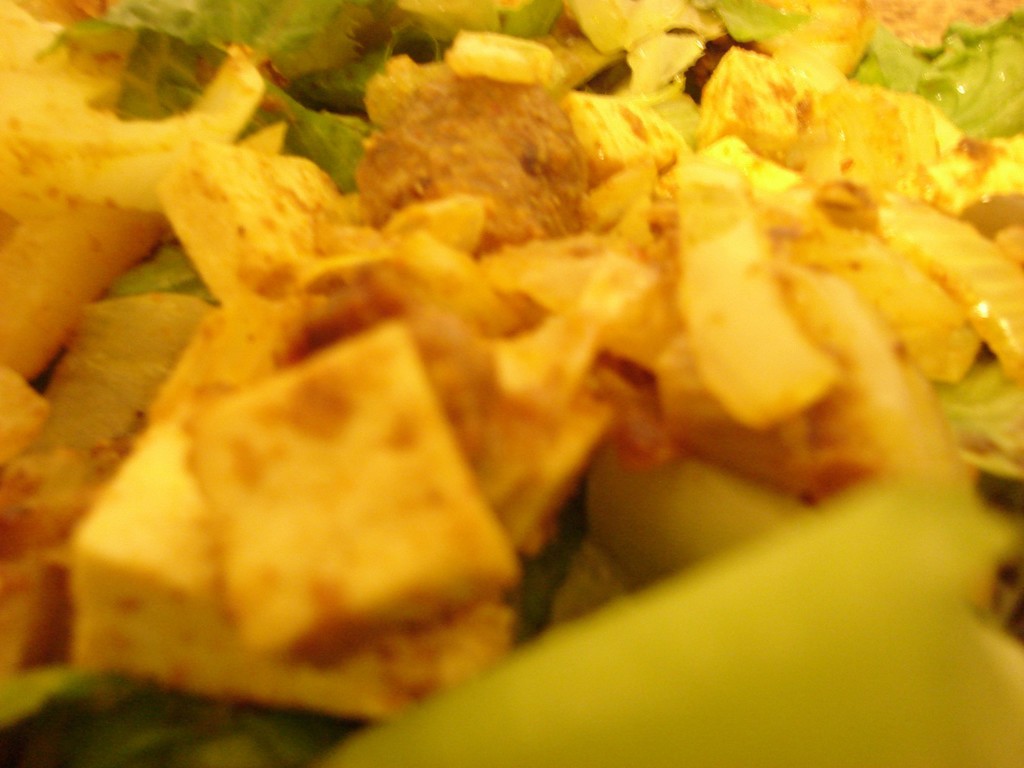Did you know that turmeric has been used in India for thousands of years as a spice and medicinal herb?
My daughter was home for 2 weeks during the holidays and we watched as she made a face mask using turmeric and other products. She also used the turmeric powder as one of the ingredients in her detox drink. Turmeric (Curcuma longa) is a relative of ginger and has been used for thousands of years to treat a variety of conditions. It is fragrant and has a bitter, somewhat sharp taste.
Turmeric is a perennial plant that grows 5 to 6 feet high with trumpet-shaped, dull yellow flowers. The roots and bulbs are used in medicine and food. They are generally boiled and then dried, turning into the familiar yellow powder which gives Indian curry its flavor and color. The main active ingredient in turmeric is curcumin. Curcumin has powerful anti-inflammatory properties and is a very strong antioxidant.
Turmeric usually does not cause significant side effects; however, some people can experience stomach upset, nausea, dizziness, or diarrhea. Here’s a list of cautions by the National Institute of Health♦:
- Turmeric is considered safe for most adults.
- High doses or long-term use of turmeric may cause indigestion, nausea, or diarrhea.
- People with gallbladder disease should avoid using turmeric as a dietary supplement, as it may worsen the condition.
- Give your health care providers a full picture of what you do to manage your health. This will help ensure coordinated and safe care.
Resources:
Found value? Feel free to share!!
To Your Success,
Althea
Althea A. McLeish Wilson, RN, MSN
Educate . Empower . Encourage
Promoting inner health & outer beauty!
Did You Find This Helpful? If so, please feel free to share!

